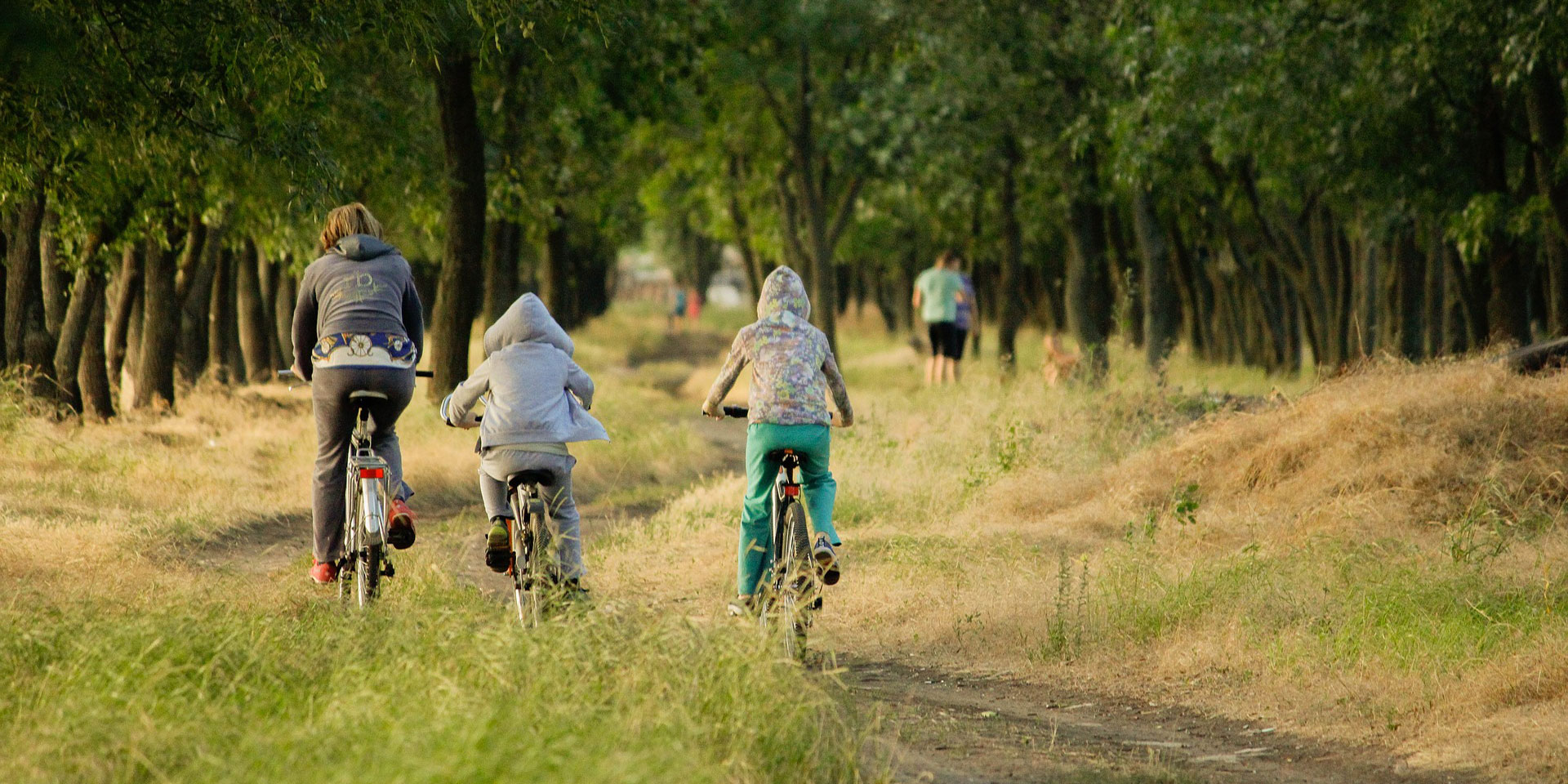How to become an active family
These days, being short on time can be a major barrier for families, when it comes to adopting a healthier, more active lifestyle. Life’s busy and as a result, fitting fitness into a packed schedule of work and school as well as commitments to friends and family can require something of a juggling act.
But there’s another factor at play too – the increasing impact technology is having on our lives. In fact, a study conducted by the Australian government found that a large portion of Aussie families are living largely sedentary lifestyles, watching TV or playing video games on weekends instead of playing outdoor sports. The question is, how can we motivate our kids – and ourselves – to swap the remote control for a pair of runners?
If you’re the one in your family who’d love to facilitate that change, the key is starting gradually, so that your young family members might not even notice the changes you’re making. Also remember that as a parent, you’re a role model for your children. In fact, research shows that children whose parents encourage them to be physically active and model that healthy behaviour themselves, are more likely to exercise regularly.
A great place to begin with your pre-teen children, may be to set some clear boundaries around your kids’ use of screens, so that they have a non-negotiable ‘allowance’ to spend each week. Bear in mind too, the opportunity you have to act as a role model here as well – try swapping some of your own screen time for active time, and see how much of an impact it can have on your family’s lifestyle.
Then, start introducing exercise by taking ‘long cuts’, such as leaving the car in the garage and walking to pre-school or primary-school, the shops or the train station. Just remember to allow for the extra time it’ll take to walk to destinations. And don’t overlook what a great opportunity this can be for family bonding – you and your kids can chat and listen to each other, without interruption.
You can also disguise the ‘effort factor’ by making exercise fun. Play games and organise outings, such as a family bike ride, rather than sitting on the couch watching a movie. It’s also really important to communicate the positive benefits of activity, while you’re doing it – for example when you’re throwing a Frisbee in the park, talk about how nice it is to be outside in nature, enjoying the fresh air. Or when you genuinely can’t find a parking spot close to your destination, reframe your attitude and comment on what a great opportunity it is to get your legs moving.
You can discover more fun fitness ideas for your kids, here.


